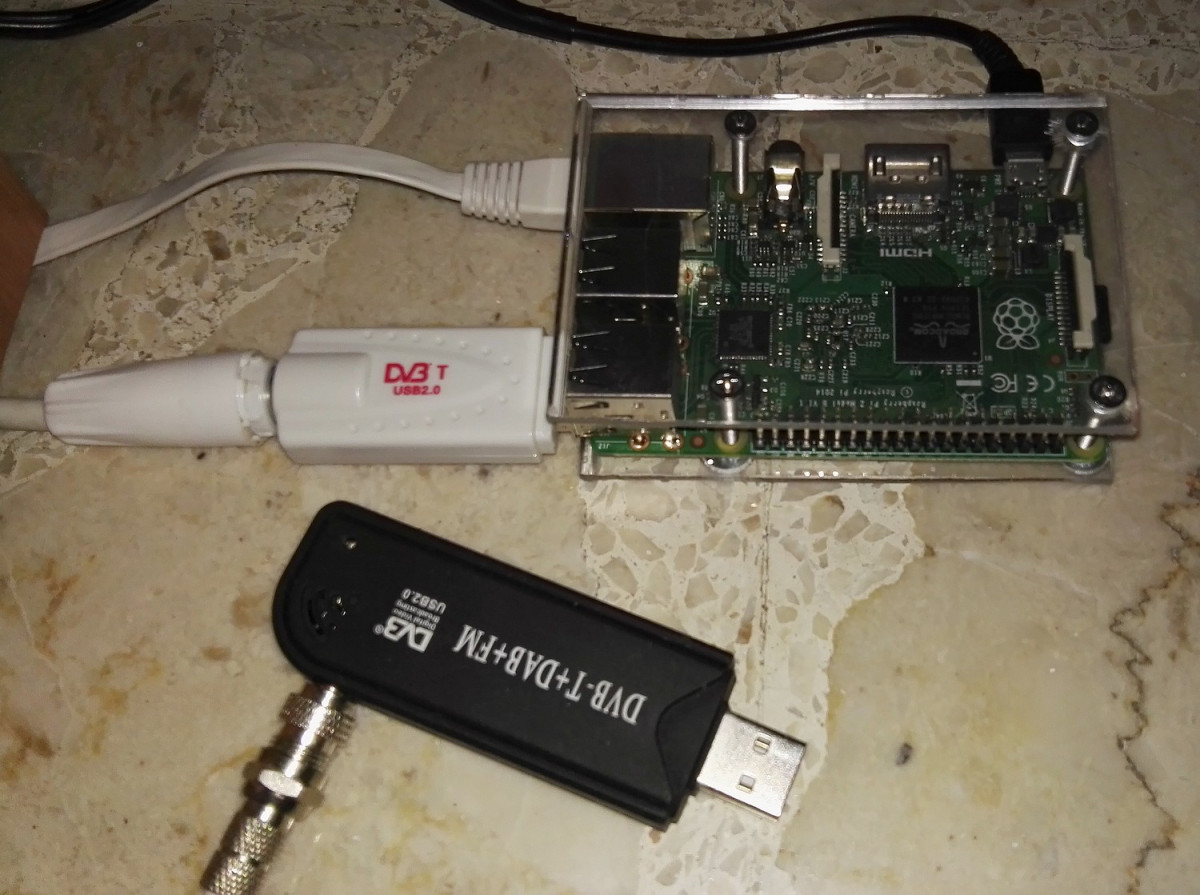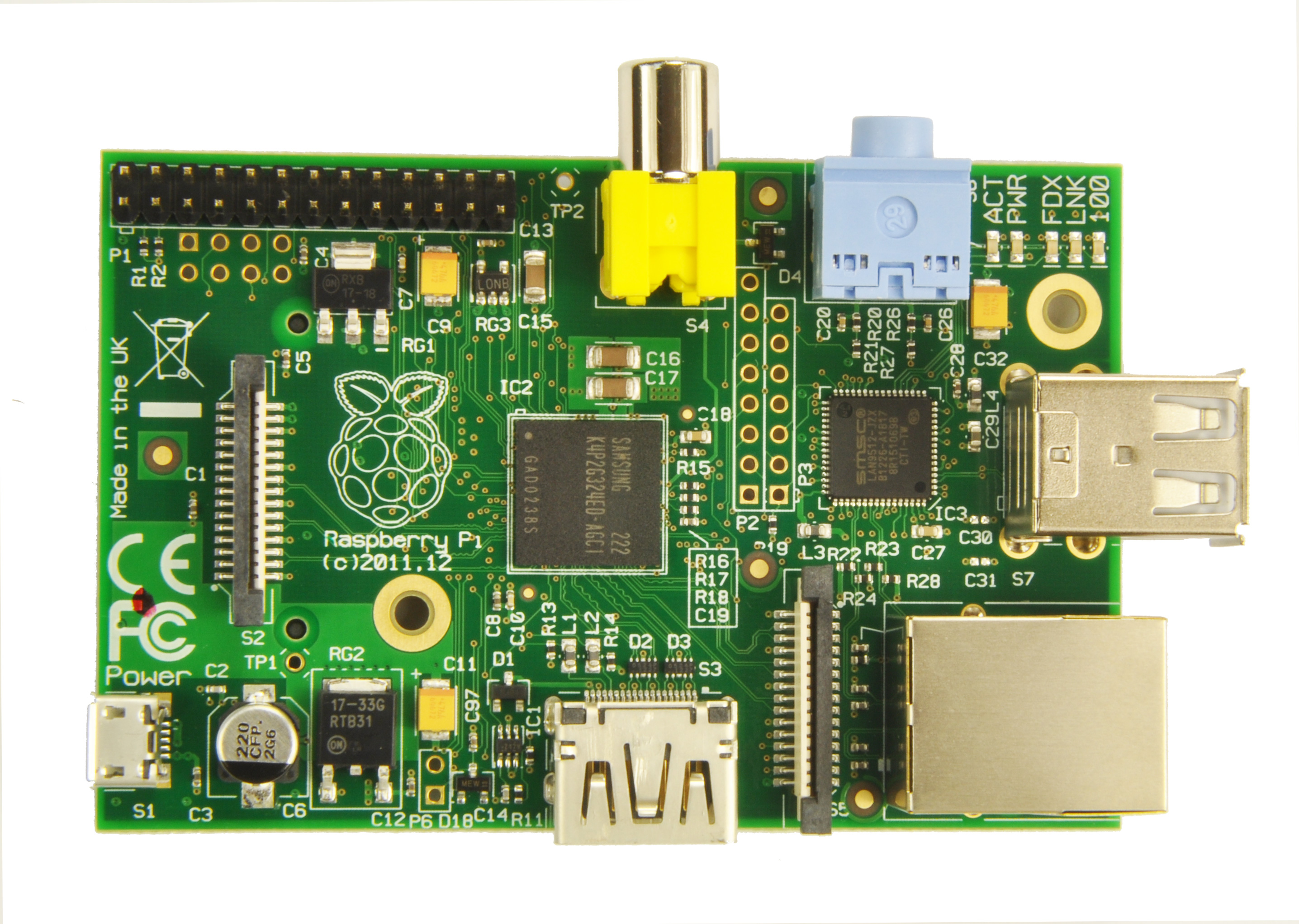

In my particular network the configuration is the following (RPI is on 192.168.1. The boat computer runs on Raspberry Pi (Raspbian Linux) with OpenPlotter 2.0. On my Mac I used Chicken of the VNC to connect to RPI. Su - $USER -c "/usr/bin/vncserver :1 -geometry 1024x768 -depth 16 > /tmp/vncserver.log 2>&1 &" &Įcho "Usage: /etc/init.d/vnc " Unless noted, screenshots are from a Raspberry Pi, but the applications will appear similar for other distributions of Linux, MacOS, and Windows.
#RASPBERRY PI 2 FLDIGI INSTALL#
make Install sudo make install And that is that.
cd /source tar zxvf fldigi-#Insert your favoured settings for a VNC session Comple fldigi Change directory to the source directory and untar fldigi, then move into the fldigi directory. Sudo /usr/sbin/update-rc.d vnc defaults - to install the script for boot Sudo chmod +x /etc/init.d/vnc - to make the script runnable Sudo vi /etc/init.d/vnc - to create a startup script Be sure to subscribe for more videos like this.Install pulse audio by runningsudo a.
#RASPBERRY PI 2 FLDIGI HOW TO#
Sudo apt-get install tightvncserver - to install VNC server Learn how to install FT8 on a Raspberry Pi and operate it from your iPad.

I used the following steps to get VNC working: I connected LAN cable from my router and checked that I had proper IP address via /sbin/ifconfig command. You can do this even before powering up with SD card mounted on another computer and just renaming the file. Enabling SSH is as simple as renaming the "boot_enable_ssh.rc" to "boot.rc" in the /boot directory. I wanted to have access to this tiny computer via SSH and VNC remotely over the network. One of the first objectives was to configure RPI in headless mode. A familiar Linux bootup screen appeared and after entering the default username "pi" and password "raspberry" I was logged in.ĬONFIGURING RASPBERRY PI IN HEADLESS MODE Because I have PulseAudio installed already, I do not need to install that or add myself to the dialout group.After quick visual inspection everything looked OK so I inserted the SD card into socket, connected HDMI cable to my display, keyboard cable to USB socket and plugged a Nokia USB cellphone charger to power up this latest toy. I followed the direction and it worked like a charm. There is a source code build directions on the fldigi-wiki Which I will follow.Ĭreate a directory to store your source code: $ mkdir sourceĭownload the FLDIGI source and untar it: $ tar zxvf
#RASPBERRY PI 2 FLDIGI UPDATE#
If you installed the full version, you may have to add some additional software, we will cover that as we go along.įirst, let’s make sure we have the most recent software: $ sudo apt-get update Let’s see what happens!įirst, if you installed a NOOB or Lite version of the software, you will need to install some additional software. The Pi I am using now is a Type3 B with WiFi and 1 Gbyte of RAM and a much faster ARM chip. Like everything else, time marches on, and I thought it might be time to see if a newer Raspberry Pi might perform better. That attempt was done on a Series 2 Raspberry Pi, with 512 Mbytes of RAM and an older ARM chip. Back in 2014, I wrote an article about my attempts to compile FLDIGI on a Raspberry Pi.


 0 kommentar(er)
0 kommentar(er)
